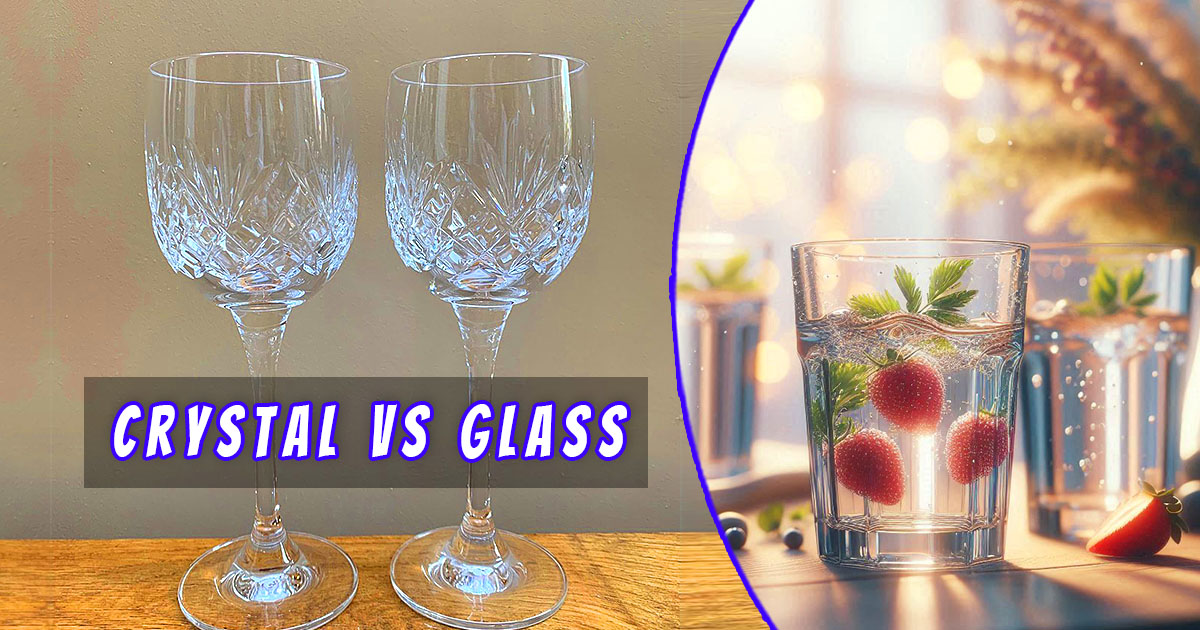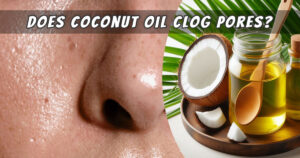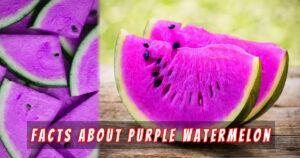When it comes to home decor, drinkware, and other glassware, the debate between crystal vs glass has existed for years. While both materials may seem similar at first glance, they are quite different in composition, appearance, and function. Whether you’re shopping for wine glasses, vases, or chandeliers, understanding the differences in crystal vs glass can help you make an informed decision.
In this article, we’ll break down the seven key differences between crystal vs glass, explain why it matters, and help you decide which one is right for your needs.
1. Composition: What Are Crystal and Glass Made Of?
The most significant difference in crystal vs glass is their composition. While both materials are made primarily from silica (sand), the defining factor for crystal is the inclusion of lead.
- Glass Composition: Regular glass is typically made from silica, soda, and lime. It’s widely used for various purposes, from windows to everyday drinking glasses.
- Crystal Composition: Crystal includes lead oxide (or a lead-free substitute). The lead content gives crystal its signature brilliance and makes it easier to shape into intricate designs.
Understanding the composition of crystal vs glass will help you choose the right material based on the specific needs of your home decor and drinkware.% lead. This higher lead content makes the material denser, which contributes to its weight, clarity, and sparkle.
2. Clarity and Sparkle: Why Crystal Shines Brighter
One of the standout features in the crystal vs glass debate is the clarity and sparkle. The lead content in crystal allows light to refract more easily, resulting in a beautiful sparkle and clarity. When light hits crystal, it disperses into a rainbow of colors, making it more elegant than glass.
In contrast, glass is usually more muted in appearance. While high-quality glass can still look clear and clean, it lacks the reflective qualities that make crystal so visually striking. This is why crystal is often preferred for decorative items like chandeliers, high-end drinkware, and jewelry boxes. If you want to elevate your home decor, crystal vs glass should be carefully considered for its visual appeal.
3. Durability: Which Is More Sturdy?
Durability plays a key role in the crystal vs glass comparison, especially for items used regularly like wine glasses or serving dishes.
- Glass Durability: Regular glass is generally more durable than crystal. It’s less prone to chipping and can withstand daily use without the need for special care. Explore how glass durability is achieved
- Crystal Durability: Crystal is more delicate due to its lead content, making it more prone to chipping and cracking. However, modern forms of lead-free crystal offer a balance between durability and brilliance.
Understanding durability in crystal vs glass will guide your decision depending on how frequently the items will be used and how much maintenance you’re willing to invest.
4. Price Comparison: Crystal vs Glass Cost
Price is another major factor that sets crystal and glass apart. Due to the materials and craftsmanship involved in creating crystal, it tends to be significantly more expensive than regular glass.
- Glass Pricing: Glass is inexpensive and mass-produced, making it the go-to option for most households. You can find high-quality glass items that look great without breaking the bank.
- Crystal Pricing: Crystal, especially lead crystal, is more expensive due to its manufacturing process and lead content. The added weight and clarity give it a higher perceived value, which reflects in the price. For example, crystal wine glasses are often seen as a luxury item and are priced accordingly.
If you’re on a budget, glass is the more practical option. However, if you’re looking for something special and elegant, investing in crystal can be worth the extra cost.
5. Weight: Why Crystal Feels Heavier
One of the easiest ways to tell the difference between crystal and glass is by their weight. Crystal, especially lead crystal, is significantly heavier than regular glass. The lead oxide in crystal increases its density, giving it that luxurious, heavy feel.
- Glass Weight: Regular glass is lighter, which makes it more practical for everyday use. You can easily carry a set of glass drinking glasses without feeling weighed down.
- Crystal Weight: On the other hand, crystal’s heavier weight gives it a more premium feel. When you pick up a crystal wine glass, for instance, you’ll notice its weightiness, which is often associated with quality and elegance.
If you’re hosting a formal event or dinner party, crystal’s heavier weight can add a touch of sophistication to your table setting.
6. Drinking Experience: Crystal vs Glass for Wine Glasses
If you enjoy fine wines, the type of glass you drink from can make a noticeable difference in your overall experience. While both crystal and glass wine glasses serve the same basic function, crystal is often the preferred choice for connoisseurs due to its clarity, weight, and the way it enhances the taste and aroma of the wine.
- Crystal Wine Glasses: Crystal wine glasses are typically thinner than regular glass, allowing the wine to breathe more easily. The thin rim of a crystal glass also makes the drinking experience more refined, as it allows the wine to flow more smoothly onto your palate. Additionally, the brilliance of crystal enhances the color of the wine, adding to the overall sensory experience.
- Glass Wine Glasses: While glass wine glasses are more affordable and durable, they don’t offer the same level of sophistication. However, high-quality glassware can still provide a great drinking experience, especially for casual occasions.
If you’re serious about wine tasting, crystal wine glasses may be worth the investment. For more casual drinking, glass wine glasses are perfectly fine and more practical for everyday use.
7. How to Tell Crystal from Glass: A Simple Guide
If you’re unsure whether an item is made from crystal or glass, there are several simple tests you can perform to tell the difference.
- Weight Test: As mentioned earlier, crystal is heavier than glass. If the item feels notably weighty for its size, it’s likely made of crystal.
- Sound Test: Tap the item gently with your finger or a utensil. Crystal will produce a clear, ringing sound that resonates, while glass will have a duller sound.
- Sparkle Test: Hold the item up to the light. Crystal will refract light and create a rainbow-like effect, while glass will not.
- Clarity Test: Crystal is more transparent and brilliant than regular glass. If the material looks very clear and shiny, it’s likely crystal.
By using these simple methods, you can easily determine whether a piece is crystal or glass without needing any special equipment.
8. Crystal vs Glass in Home Décor: Which Should You Choose?
When it comes to home décor, the choice between crystal and glass can impact the overall aesthetic of your space. Both materials are used for decorative items such as vases, chandeliers, and figurines, but each brings a different feel to a room.
- Crystal in Home Décor: Crystal items, thanks to their brilliance and clarity, add a touch of elegance and luxury. Whether it’s a crystal chandelier that refracts light beautifully or a decorative crystal vase, these pieces tend to be statement items in any room. Crystal reflects light in a way that adds a glamorous sparkle, making it an excellent choice for formal settings like dining rooms or living areas where you want to create a sophisticated atmosphere.
- Glass in Home Décor: Glass, on the other hand, is more versatile and practical for everyday use. It’s often used in modern, minimalist designs where functionality is key. While glass lacks the brilliance of crystal, its understated elegance can work well in contemporary settings. For example, clear glass vases and decorative items blend seamlessly into modern spaces without overwhelming the décor.
If your goal is to create an eye-catching, luxurious look, crystal may be the better option. For a more practical and minimalist approach, glass fits well into most modern home décor schemes.
9. Environmental Considerations: Is Crystal or Glass More Eco-Friendly?
In recent years, sustainability has become an important factor in purchasing decisions, and this includes the choice between crystal and glass.
- Glass: Glass is generally more eco-friendly than crystal. It is 100% recyclable, meaning that old glass can be melted down and reused to create new products without any loss in quality. Furthermore, glass production tends to involve fewer harmful chemicals than crystal, making it a better option for those concerned about environmental impact.
- Crystal: Traditional lead crystal, on the other hand, is less environmentally friendly due to its lead content, which makes it more difficult to recycle. Although lead-free crystal alternatives exist, they still require more energy and resources to produce compared to regular glass. However, some manufacturers are now producing more sustainable, lead-free crystal options that offer a greener alternative.
For those who prioritize environmental sustainability, glass is generally the more eco-conscious choice, while lead-free crystal is an option for those who want the beauty of crystal with a lower environmental impact.
Conclusion: Which Is Right for You?
When choosing between crystal and glass, it ultimately depends on your needs and preferences. Crystal offers a luxurious, elegant feel with its brilliance and heavier weight, making it ideal for formal occasions or as a statement piece in your home decor. However, it comes with a higher price tag and requires more careful handling.
Glass, on the other hand, is more practical and affordable for everyday use. It’s durable, lightweight, and easy to care for, making it a popular choice for casual settings.
Whether you choose crystal or glass, understanding the differences between the two materials can help you make an informed decision and select the right option for your lifestyle
For more informations blogs and tips visit our homepage My Read Magazine

Joseph Bush is a seasoned writer and researcher with over 7 years of experience covering a wide range of general topics, from lifestyle and technology to business and current events. He is dedicated to producing fact-checked, reader-friendly content that informs, engages, and empowers readers.
Throughout his career, Joseph has followed strict editorial guidelines, relied on reputable sources, and ensured every article meets the highest standards of accuracy and clarity. His expertise spans multiple fields, allowing him to explain complex topics in a way that’s easy to understand.
Passionate about continuous learning, Joseph stays updated on industry trends and best practices to deliver trustworthy, well-rounded insights. Readers can rely on his work for its credibility, depth, and real-world relevance.





Thanks for the information, can, I too can help you something?